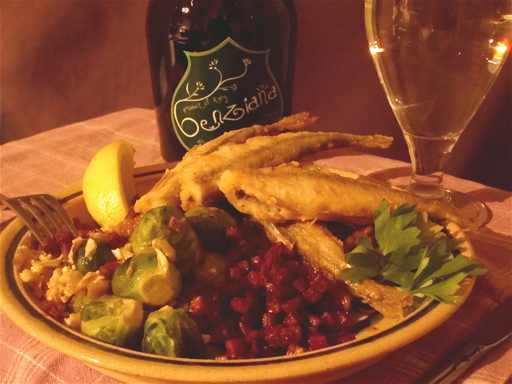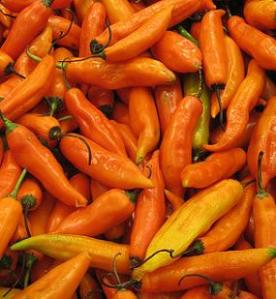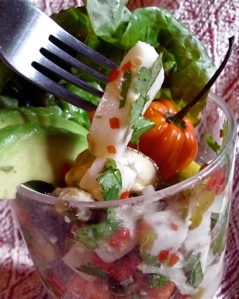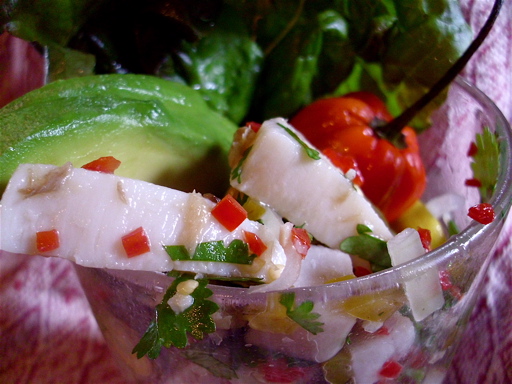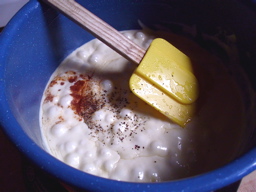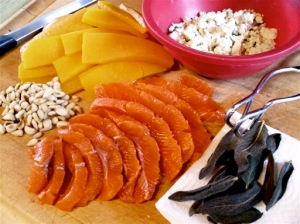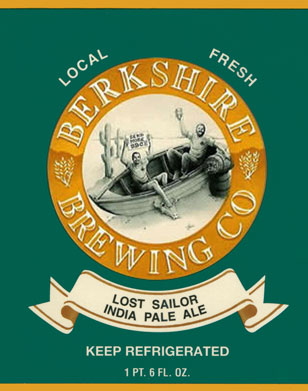
The diversified Bill Owens. (Source: switchimage.org, photo with permission by Guillaume Ehrenfeldt.)
Does the name Bill Owens sound familiar to you? It might, if you know something about the renaissance of craft brewing, or the emerging microdistillery movement, or publishing, or photography. Owens is man who can keep reinventing himself, all the while remaining in touch with his other personas.
Owens founded Buffalo Bill’s Brewery way back in 1983. He is the creator of that brewery’s well-known Pumpkin Ale, inspired by George Washington’s brewing methods. He explored publishing for 17 years, founding and running American Brewer magazine. More recently he established the American Distilling Institute as a trade organization for small distillers.
I think I first met Owens at the Mondiale de la Bière festival in Montréal about a decade ago. He was dressed in colonial period work clothes making a porter in an iron pot suspended over a wood fire. The next day (yes, the very next one) he ladled out barmy, fresh beer for me to try. It was, in a word, astounding. The only anachronism to the whole experience was the way his gray hair was cropped short on the sides and spiked high on his head. Spiked, like some sort of beatnik-punk retrograde. He intrigued me, but his constant leering at my girlfriend made me uneasy. It remined me of that Modern Lovers song…
Well some people try to pick up girls
And get called assholes
This never happened to Pablo Picasso
He could walk down your street
And girls could not resist his stare and
So Pablo Picasso was never called an asshole
Was it mysogyny or ego or the fearlessness that comes from success? Or was it simply the photographer’s eye? I’ve seen him work through a group with a camera. Like other highly talented photographers I know, he has a disarming way of interacting that doesn’t effect the flow of events.
This morning I received an email from Owens. It referred to an article in Smithsonian Magazine last month. It was another commendation for his ca. 1970s candid images of American life in California’s burgeoning suburbs.
One of the most famous images was young Richie Ferguson, sitting on his Big Wheel, BB gun in hand, surveying his domain and looking for outlaws.
Twenty-nine years later Owens went back and found him. He lived less than a mile from where he was raised three decades before. Ferguson had graduated from Big Wheel to motorbike and finally to tricked out Harley.
As I look at his face, his hairline, his furrowed brow and suspicious glare, I begin to contemplate to what degree we are formed early on and whether that upbringing causes unavoidable conclusions later in life. Yet I do believe we can enforce change when and if we so choose. Which brings me to today’s thesis on beer and food choices.
I don’t know what Richie Ferguson prefers for dinner or liquid refreshment. That isn’t the point. The point is that we can either go through life sticking with familiar choices or we can decide that while familiar is okay, sometimes we want a change of scenery.
Despite the layers of insight Owens’ images provide, I introduced him in the beginning of this article because of his approach to life. He is one of those people that can languish in the familiar for a while, but then the urge to explore rears its multifaceted head and he’s off again on another adventure. There is a lesson in this for us all. And don’t argue about personality types or economic means or Catholic upbringing. I’m suggesting no “degree” with which you have to adopt diversity. For some it will be a little, and for others of you, you don’t need to even hear this from me, you’re already there.
Then I get a text message from an old friend who is now a wine merchant in Maryland. When I asked him about it, he said it was told to him by another wine merchant, whose wife is herself a beer merchant in Wisconsin.
men who only drink hoppy beers are like women who only drink buttery chardonnay.
Ouch! But then, aren’t these the Richie Fergusons of the world? They found one little flavor niche and can’t or won’t make the small effort to explore. If you will only drink a hoppy beer and you came to that decision by open-mindedly trying many, many types of beers. Good for you. You have explored and now rest in your comfort zone.
But I think this is rarely the case. People who only drink hoppy beers have only made one step in life: from beer that doesn’t taste like much to beer that is overfull of flavor. This embraces the American ideal that excess is good. It does not represent any real risk taking. Same goes for the aforementioned chardonnays. For the longest time I have referred to these as “IYF,” meaning “in your face.” These are among the most unsubtle of wines.
The kind of beer (or wine) lovers I want to be around are unconditional in their love for beer (or wine) and diverse in their explorations of it. They want to try new ones. They are inquisitive about the story behind the drink, just like Bill Owens, who brewed his Pumpkin Ale because he was inspired by our Founding Father.
When I head out for beer and a meal I usually want to try something I haven’t had before. I am aware that by taking small bites out of fear I evolve. But if the beers aren’t that great, I’ll just as soon drink the hoppiest thing they have. Those hops can camouflage some of what’s wrong with a beer. And if the menu is not very inspired I can always default to my comfort food – buffalo wings – no relation to Buffalo Bill’s Brewery. Then again, I wouldn’t be surprised if he invented those, too. Cheers. TPJ





